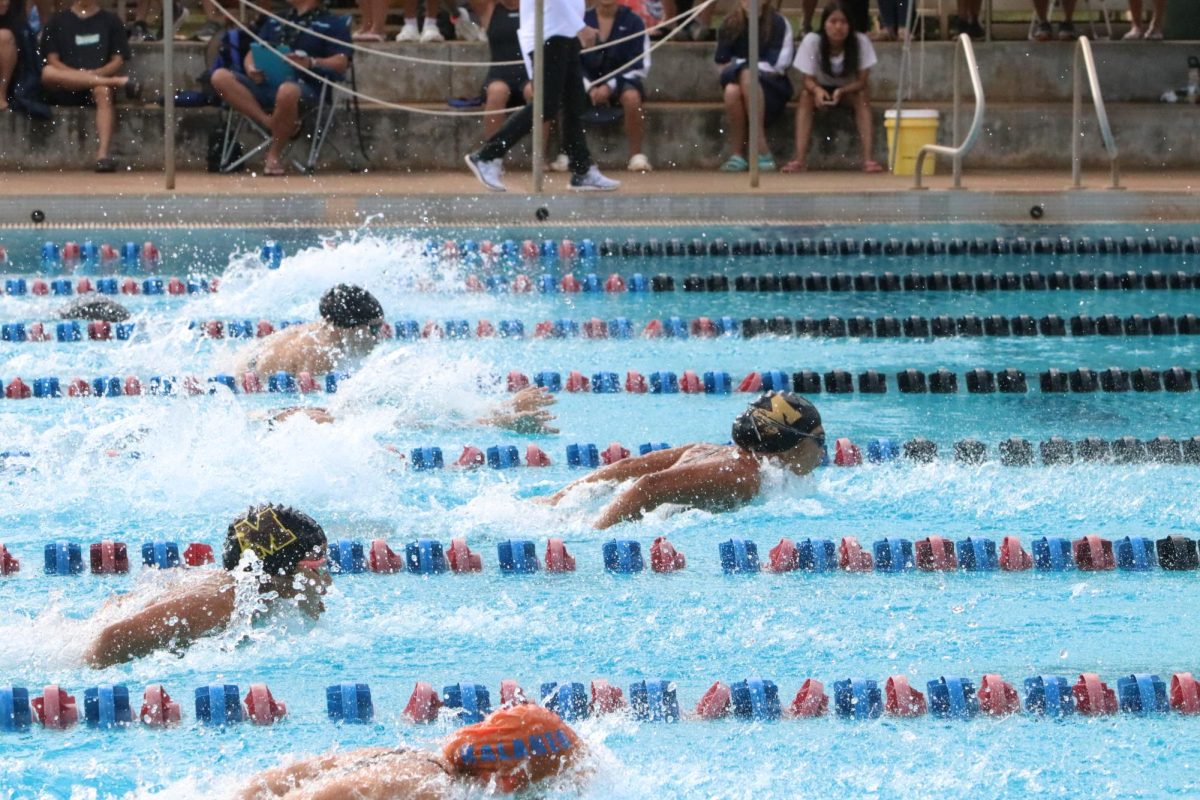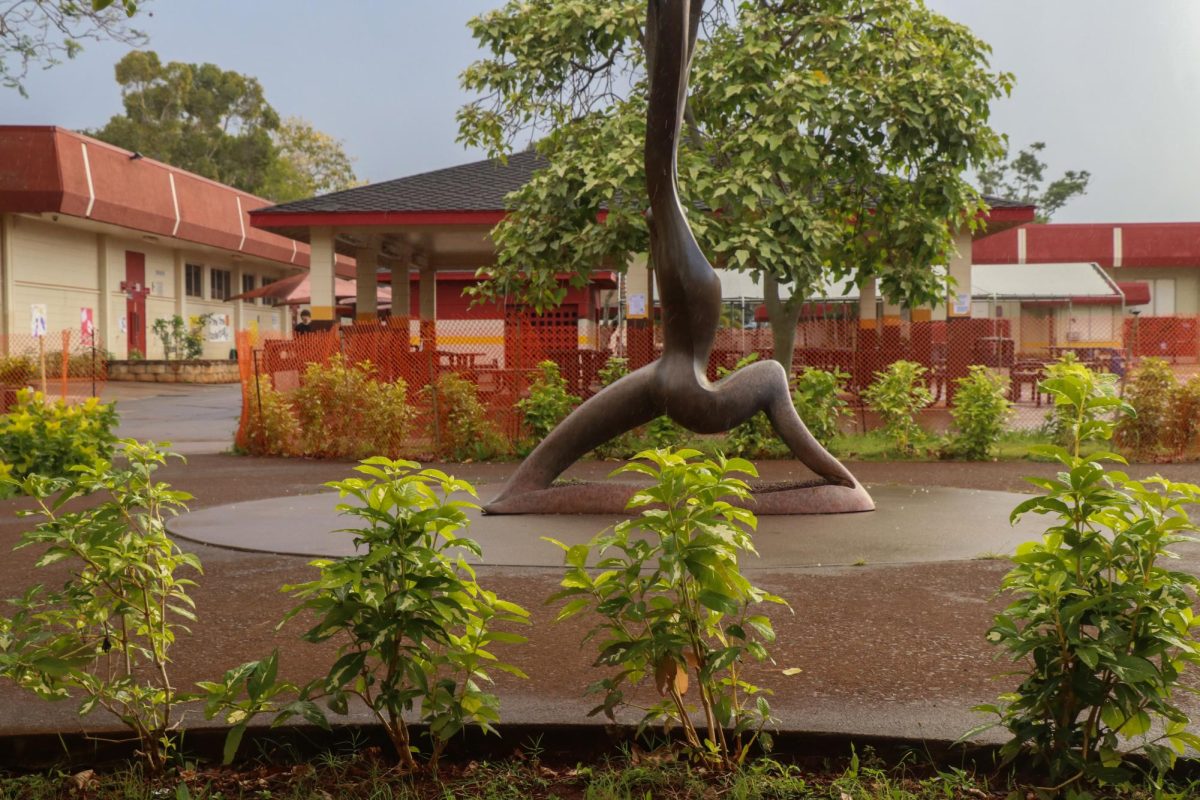Everything Mililani’s Food How-To: Tofu
March 14, 2019
Tofu is also known as soybean curd or bean curd. It’s a low cost, easy to find, versatile and protein-rich meat alternative that can be part of a healthy diet. Tofu has long been the most widely used soyfood in the world. In East Asia it has much the same importance that meat, milk, and cheese have for people in Western countries. Worldwide the tofu industry is very large.
In 1982 it consisted of an estimated 245,000 manufacturers, including 30,000 in Japan, 200,000 in the People’s Republic of China, 11,000 in Indonesia, 2,500 in Korea, 1,500 in Taiwan, and 225 in the Western world. The world’s largest factories, located in Japan, make over 50 tonnes (metric tons) of tofu a day (15,000 tonnes a year). Tofu is made by coagulation of heated soy milk with a coagulant, followed by moulding and pressing the curd to draw the whey. Yield, quality and texture of tofu are influenced by several factors such as variety of soybeans and storage conditions, time and temperature of soaking the soybeans, extent of heat-treatment of soymilk, type and concentration of coagulant and rate of stirring and coagulation temperature.
In a colloidal suspension, particles will settle very slowly or not at all because the colloidal particles carry surface electrical charges that mutually repel each other. A coagulant (typically a metallic salt) with the opposite charge is added to the water to overcome the repulsive charge and “destabilize” the suspension. For example, the colloidal particles are negatively charged and alum is added as a coagulant to create positively charged ions. Once the repulsive charges have been neutralized (since opposite charges attract), the van der Waals force will cause the particles to cling together (agglomerate) and form micro floc. Nigari is made up of the minerals in the brine that do not become part of the salt crystals. Brine is very, very rich in minerals. When the sodium and chlorides come together to form white salt. Some of the minerals cling to these crystals, but much becomes nigari. The element that nigari is made up of is Magnesium Chloride. Magnesium (Mg) is the second most abundant intracellular divalent cation in all living cells and acts as a cofactor in more than 300 enzymatic reactions. Mg is also involved in cellular energy production, glycogen breakdown, cardiac excitability, muscular contraction, and physiological regulation of neuromuscular functions. Therefore, Mg is widely thought to be one of the most important factors in exercise and physical performance. Mg depletion during exercise may lead to changes in neuromuscular function and reduce physical performance. Deep seawater (DSW) has been found to be far richer in minerals such as Mg, Ca and K compared to surface seawater, and thus its utilization and application in the fields of agriculture, medical treatment, and the food industry has become the focus of considerable research. Because Nigari is made from the minerals in brine from the ocean, nigari can be made at home quite simply using sea water. Sea Water is rich in minerals and has the minerals of the brine who live in the ocean in it. The nigari can be extracted from the ocean water by a careful boiling and straining process. After the salt water reaches its boiling point, the water will start to evaporate and the water will become cloudy and more concentrated. After more water has evaporated, the sea water should be broken down into two parts: Nigari and sea salt. The nigari, also called Magnesium Chloride, is very mineral-rich and is a very good enzymatic coagulant. Various coagulants have been used in the preparation of tofu, each coagulant resulting in a product with textural characteristics. Calcium sulfate, calcium chloride, magnesium sulfate and magnesium chloride (nigari) are many of the different types of coagulants used on an industrial scale for the preparation of tofu. Coagulation occurs due to the cross-linking of protein molecules in soymilk with the divalent cations.



